Our FAQs offer a wealth of information on caring for your feet, helping you understand the best practices and common treatments for various foot and ankle issues. Armed with this knowledge, you can raise the odds in your favor by scheduling an appointment with our experienced Las Vegas podiatrist to address your specific needs.
